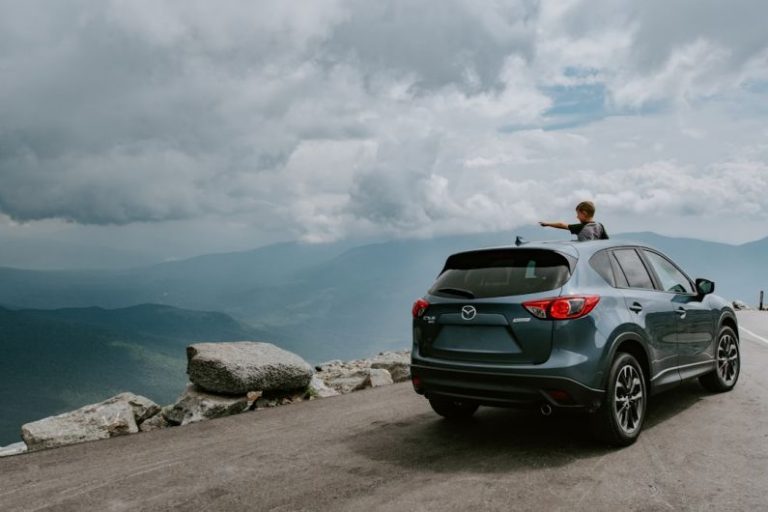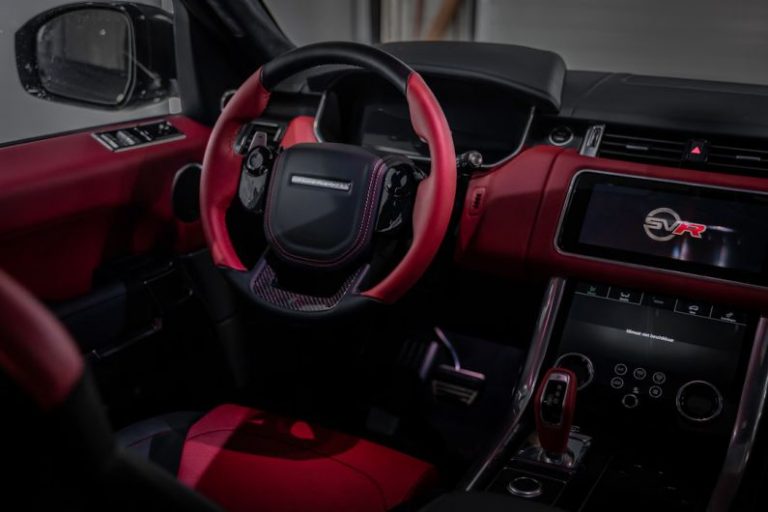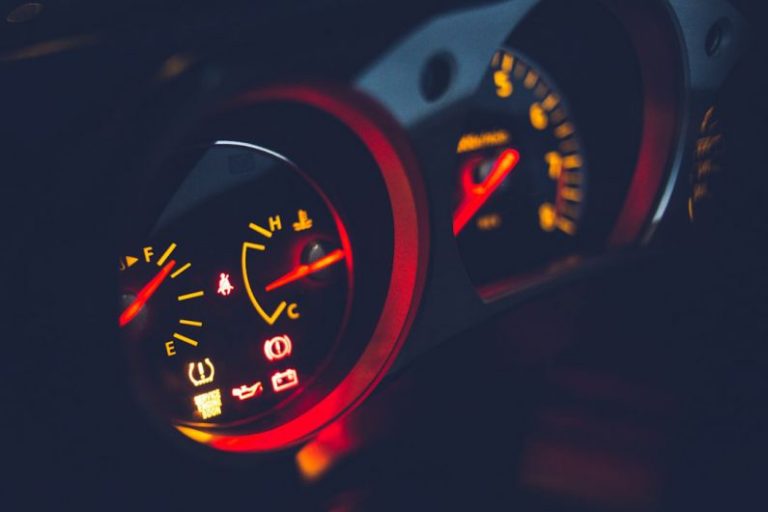Dealing with Car Emergencies: a Comprehensive Guide
Emergencies can strike at any moment, and when they happen on the road, they can be particularly stressful. Whether it’s a flat tire, a dead battery, or running out of gas, being prepared and knowing how to handle car emergencies can make all the difference. In this comprehensive guide, we will cover essential tips and strategies to help you stay calm and address car emergencies effectively.
Prepare a Roadside Emergency Kit
One of the most important steps in dealing with car emergencies is to have a well-equipped roadside emergency kit in your vehicle at all times. This kit should include essential items such as a flashlight, jumper cables, a tire pressure gauge, a basic toolkit, a first aid kit, and non-perishable snacks and water. Additionally, it’s a good idea to have a reflective triangle or road flares to make your vehicle more visible to other drivers in case of a breakdown.
Handling a Flat Tire
A flat tire is a common car emergency that can happen to anyone. If you find yourself with a flat tire while driving, the first step is to safely pull over to the side of the road. Make sure to turn on your hazard lights to alert other drivers. Next, locate your spare tire, jack, and lug wrench. Follow the instructions in your owner’s manual to safely change the flat tire. Remember to loosen the lug nuts before lifting the vehicle with the jack and tighten them once the new tire is in place.
Dealing with a Dead Battery
A dead battery can leave you stranded, but with the right tools and know-how, you can get back on the road in no time. If your car won’t start and you suspect a dead battery, you can try jump-starting it with jumper cables and another vehicle. Connect the positive (+) and negative (-) terminals of the batteries following the correct sequence. Once the dead battery has been jump-started, let the engine run for a few minutes to recharge the battery before driving.
Running Out of Gas
Running out of gas is a frustrating situation, but it happens to the best of us. If you find yourself with an empty tank, pull over to a safe location and turn on your hazard lights. If you have a gas can, you can walk to the nearest gas station to refill it and return to your vehicle. Be cautious when walking on the side of the road and always prioritize your safety.
Handling Overheating
An overheating engine is a serious issue that requires immediate attention. If you notice the temperature gauge rising, pull over to a safe spot and turn off the engine. Do not attempt to open the radiator cap while the engine is hot, as it can cause burns. Wait for the engine to cool down before checking the coolant level and adding more if needed. If the problem persists, seek help from a professional mechanic.
Seeking Professional Help
In some situations, such as a major mechanical failure or an accident, it’s best to seek help from a professional towing service or roadside assistance provider. Keep the contact information of a reliable towing company or your insurance’s roadside assistance program handy in case of emergencies. Remember that your safety is the top priority, so don’t hesitate to call for help if you feel uncertain about handling the situation on your own.
Stay Calm and Stay Safe
Car emergencies can be stressful, but it’s essential to stay calm and focused when dealing with unexpected situations on the road. By being prepared, having the right tools and knowledge, and knowing when to seek help, you can navigate car emergencies with confidence and ensure your safety and that of others on the road. Remember, staying proactive and level-headed is key to handling car emergencies effectively.






